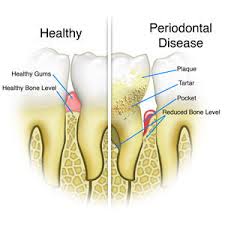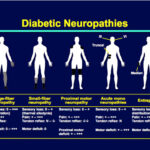If eyes are the window to the soul, then the smile offers a look into the health of the pancreas. Oral hygiene has often been the most neglected even among those without diabetes.
A smile reduces blood pressure, can relieve pain and depression, requires no battery and is free of cost.
There are about 500 micro organisms in the mouth which make a human bite quite dangerous ( more dangerous than an animal bite). Some of the micro organisms are helpful and some are harmful. There have some studies which tried studying the organisms in the mouth and predicting the heart health as these organisms could travel by blood stream and get deposited in the coronary vessels.
The oral cavity contains teeth, the gums which hold the teeth together, the bones on which the teeth rests, the tongue, saliva which bathes the mouth and the pink mucosa lining the mouth inside.
Those with diabetes are more prone for developing gum disease and it progresses twice faster than those without diabetes. Serious gum disease could worsen the sugar control and will need an intensification of treatment. The ability to fight the bacteria is affected in those with diabetes. Further , the diabetes is also a good medium for the organisms to thrive.
Gingivitis is a mild form of gum disease, periodontitis is a more serious form of the same. Pockets form between the gums and the teeth which get filled with organisms, pus and then deepen. This can lead to destruction of bone around the teeth, leading to loosening of the teeth and subsequent falling off. The habit of using tobacco rolls or tobacco containing sweetened “paans” can cause a small burn on the insides of the pink mucosa which can later lead on to cancer.
Dry mouth can be due to snoring, poor sugar control, use of too much of alcohol based mouthwashes, some medicines, and also due to kidney diseases. Low salivary production can be a sign of diabetic neuropathy ( autonomic neuropathy) . Saliva helps in digestion of the food while chewing, protects the gums and teeth against the plaques and acid deposition which can damage the teeth and cause decay.
Thrush is a type of fungal infection common among those with diabetes.
Teeth
• Soda, energy drinks, carbonated sweetened beverages and lemon water can damage the enamel which is the protective outer coating of the teeth. For people who have recurrent episodes of low sugar, they consume a lot of sweets which could damage the teeth. Speak with the health care provider on ways to prevent low sugar spells and thereby reduce the intake of sweets, thus protecting the oral hygiene.
Brushing
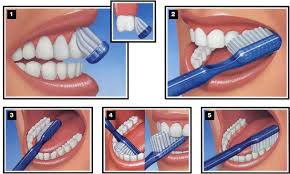
• Brushing the teeth effectively is to dislodge the plaques which build up at the gum line.
• The tooth brush must meet at the outer and inner surfaces of the teeth at an angle of 45 degrees.
• Move the toothbrush in short strokes, vibrating it back and forth across gum line, gums and tooth surfaces. This involves up and down movements, movements across and also movements to clean the inner sides of the teeth. For brushing the chewing surface, hold the brush horizontally and brush. For cleaning the inner side of the teeth, hold the brush vertically and move it up and down.
• Stiff brushes will not help remove plaques
• Brushing too hard can do more harm and even damage the protective enamel. Vigorously brushing can cause bleeding from the gums and also cause receding of the gums.
• Use a brush size that fits inside your mouth comfortably. A soft bristle brush is good for the gums and also to brush for at least 2 minutes.
• Those with arthritis , clips, bridges, implants or braces of the teeth can use an electric brush instead. The electric brush is effective and some of them have a 3000 rpm.
Change the tooth brush every 3 or 4 months. After brushing, allow the brush head to breathe and keep them uncovered.
Tooth pastes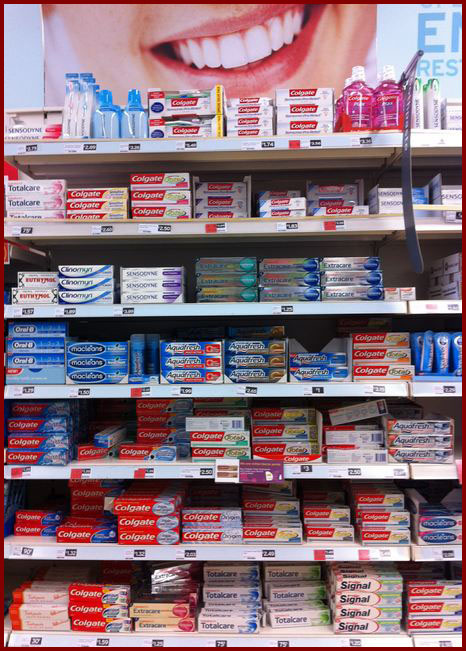
• There are so many tooth pastes which have flooded the market. Generally the fluoride containing tooth pastes are better.
• Sensitive teeth are due to the damage of the enamel. There are so many toothpastes which address sensitive teeth.
• The junk food culture and consumption of processed food items have damaged the teeth enamel.
• Use of turmeric is good for those with gingivitis ( diseases of the gums). Use of clove in those with dental aches is another well known home remedy. These have also been incorporated in some of the tooth pastes.
Flossing:
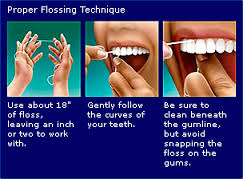
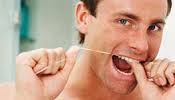
Dental floss is a string which helps dislodge food between the teeth. Measure an arms length of floss, roll around the index finger of one hand and roll the other free end around the index finger of the other hand. Slide the floss gently between the teeth, keeping the floss taut across the thumbs and floss up and down in a shoe shine manner following the curve of the teeth. Sometimes blood may come while flossing. Do not floss too hard. There are electric floss and water based jets to help flossing these days.
Tongue:
Clean the tongue using the under surface of the toothbrush head. The use of metallic cleaners and too vigorous cleaning is to be discouraged to avoid damage to the taste buds on the tongue surface.
Mouth wash: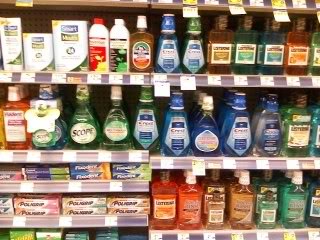
Water is a good mouth wash after any meal. However, there are breath fresheners which make the mouth feel, smell and taste fresh after any meal. There are treatment rinses containing fluoride which help prevent plaque deposition and decay of teeth.
Avoid alcohol containing rinses to avoid dry mouth.
Meet with the dentist at least twice a year to make sure all is well. It is safer and lighter on the purse to have the problem sorted out earlier.
Change your tooth brush at least once in 3 months are if bristles have splayed earlier to that.













